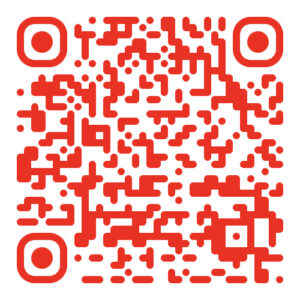Crafting magic can be considered as a form of storytelling wherein tools and rituals, methods and effects are components of grander narratives: origin myths.
Origin Myths speak to truths within a given society; they narrate what a society holds to be fundamentally true about the world.
Origin myths are vital in establishing the mystical provenance and purpose of the crafted magic.
Researcher: The Storyteller is a ritual expert who researches the myths that support their group’s crafted magic.
Oracle: The Storyteller is also an oracle. Transcendental storytelling relinquishes some authorial control to magical actants. The Storyteller should allow their magic’s backstory to channel them as a narrator.
Sage: The Storyteller may also explore the efficacy of their group’s tools, rituals and performances.
Narrator: The Storyteller writes, and narrates, the backstory for the crafted magic.
Neil Mulholland https://blogs.ed.ac.uk/craftingmagic/
hierophant, Greek Hierophantēs, (“displayer of holy things”), in ancient Greece, chief of the Eleusinian cult, the best-known of the mystery religions of ancient Greece. His principal job was to chant demonstrations of sacred symbols during the celebration of the mysteries.
https://www.britannica.com/topic/mystery-religion
The signifying monkey elicits a call to destructive action with nothing more than a mischievous dexterity for storytelling.
Weppler, M. (2018). “The Archetype of the Trickster Examined through the Readymade Art of Marcel Duchamp.” The International Journal of Arts Theory and History 13(4): 15.
Stories and storytelling are integral to ARGs [Alternate Reality Games]. Indeed, a characteristic of the genre is the collection of multiple, overlapping stories that an ARG produces due to ambiguous information and motivated, text-based collaborative decision making.
Gurzick D, Landry B and White KF (2010) Alternate reality games and groupwork. In: Proceedings from international conference on supporting groupwork, https://doi.org/10.1145/1880071.1880121 pp. 178.
MacPherson’s forgery demonstrates our previously discussed point that a forgery is always enacted, bound up in a story that is presented to the audience together with the forged objects. This story often concerns the origin of the objects in question – where they have been found and how – but also serves to create the fictions necessary for the objects to become plausible.
Lavender, P. and M. Amundsen Bergström (2022). Introduction: The Performance of Forgery, Brill: 16
This website, Shift/Work: Crafting Magic https://blogs.ed.ac.uk/craftingmagic/ is written and maintained by Prof Neil Mulholland and is licensed under a Creative Commons Attribution-NonCommercial-NoDerivatives CC BY-NC-ND 4.0

